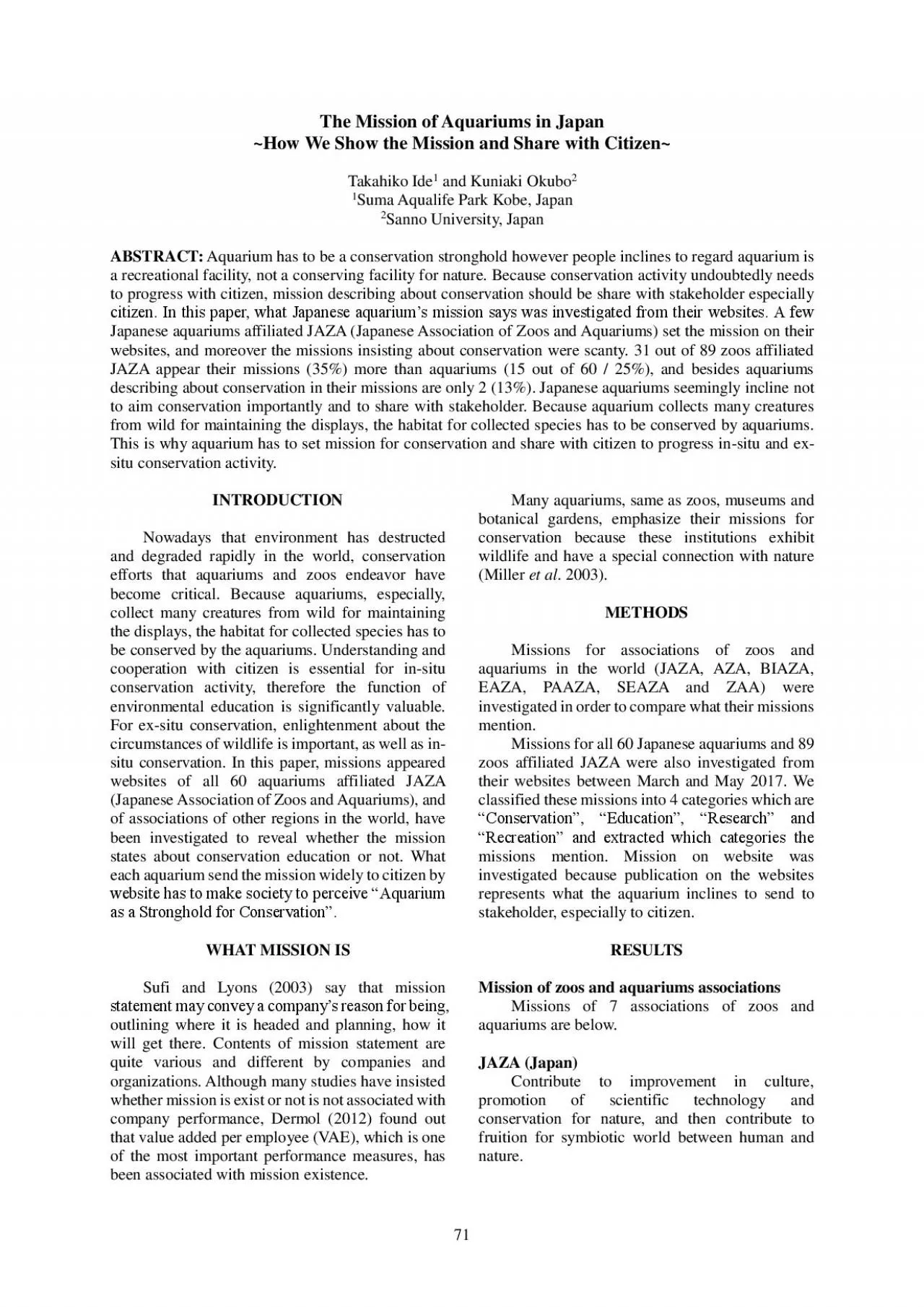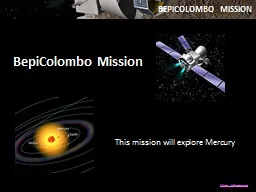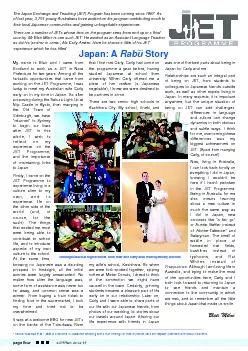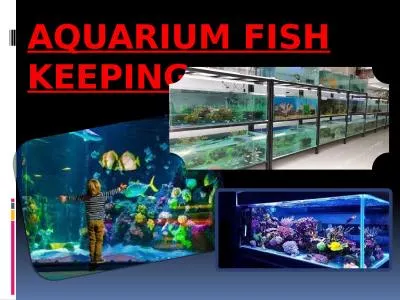PDF-The Mission of Aquariums in Japan
Author : ella | Published Date : 2021-06-07
71 How We Show the Mission and Share with Citizen Takahiko Ide 1 and Kuniaki Okubo 2 1 Suma Aqualife Park Kobe Ja pan 2 Sanno University Japan ABSTRACT Aquarium
Presentation Embed Code
Download Presentation
Download Presentation The PPT/PDF document "The Mission of Aquariums in Japan" is the property of its rightful owner. Permission is granted to download and print the materials on this website for personal, non-commercial use only, and to display it on your personal computer provided you do not modify the materials and that you retain all copyright notices contained in the materials. By downloading content from our website, you accept the terms of this agreement.
The Mission of Aquariums in Japan: Transcript
Download Rules Of Document
"The Mission of Aquariums in Japan"The content belongs to its owner. You may download and print it for personal use, without modification, and keep all copyright notices. By downloading, you agree to these terms.
Related Documents














